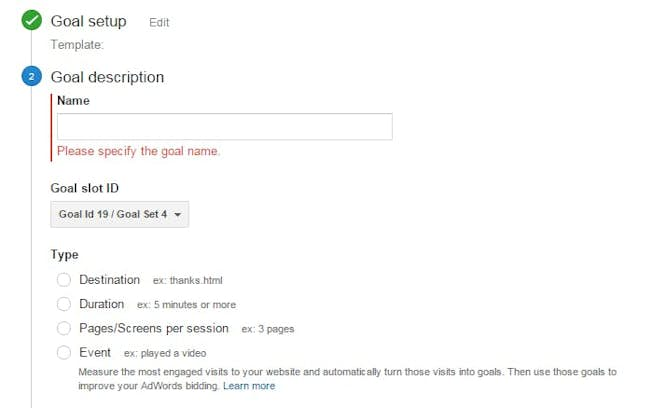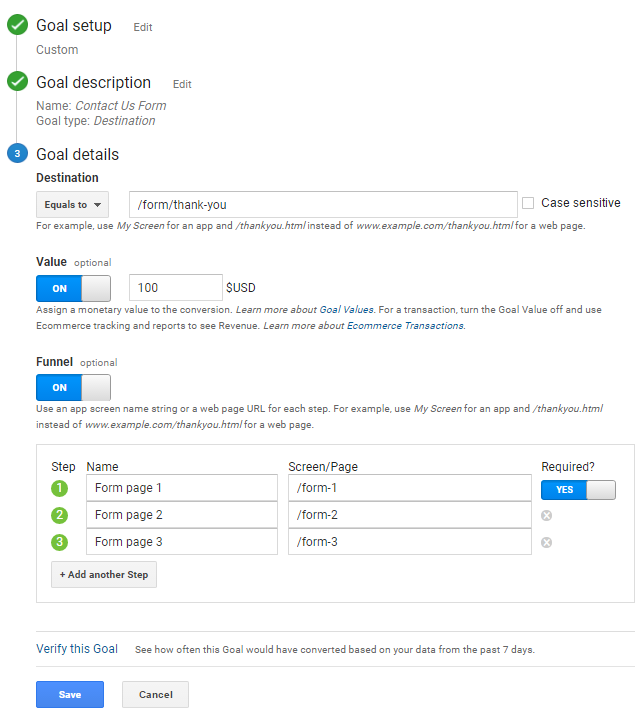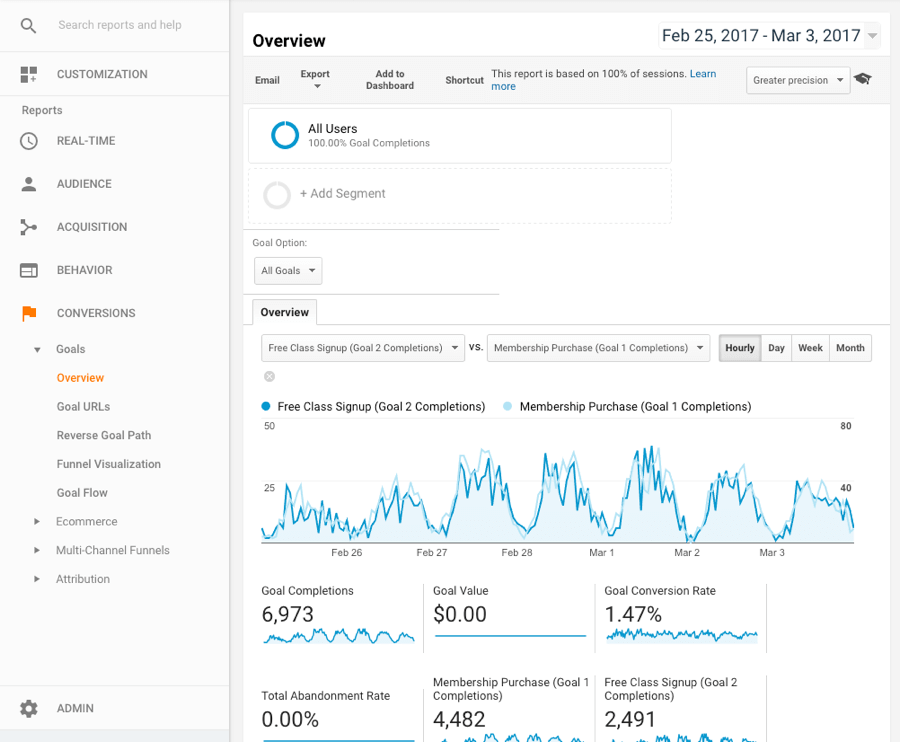Exploring What Data Is Google Analytics Goals Unable to Track
Exploring What Data Is Google Analytics Goals Unable to Track
Blog Article
Revealing the Blind Spots: Comprehending What Google Analytics Goals Can not Measure
In the realm of digital analytics, Google Analytics stands as an effective tool for tracking and analyzing on-line user interactions. Nonetheless, amidst its durable abilities, there exist dead spots that typically escape dimension. Recognizing what Google Analytics objectives can not gauge is crucial for acquiring a thorough view of user actions and involvement. As we look into the intricacies of these dead spots, we reveal a complicated internet of uncharted territories that hold important understandings into user actions and inspirations, challenging conventional knowledge and dropping light on the constraints of our data-driven understanding.
Individual Behavior on External Platforms
Recognizing just how customers communicate on outside platforms is critical for optimizing online approaches. Exterior platforms, such as social media networks, referral websites, and on the internet discussion forums, play a substantial role in driving web traffic to a company's site. By evaluating individual behavior on these systems, businesses can obtain valuable insights into the performance of their marketing efforts and the choices of their target market.
One secret element of user actions on external systems is the referral source. By tracking where the individuals are coming from, services can identify which platforms are driving the most traffic to their site. This info can assist companies designate their resources much more successfully, concentrating on the systems that produce the most effective outcomes.

Offline Communications and conversions
Analyzing customer actions on outside platforms gives important understandings into online methods; however, thinking about offline conversions and interactions is similarly vital for a detailed understanding of a business's general efficiency. Offline conversions, such as in-store purchases or phone queries, play a substantial role in numerous organizations' success.

Attribution Beyond Last Click
When diving right into the realm of digital advertising analytics, it ends up being important to look beyond the single touchpoint of the last click for a much more thorough understanding of acknowledgment. While Google Analytics supplies beneficial understandings right into user behavior, counting exclusively on last-click attribution can be limiting - what data is google analytics goals unable to track. Attribution models that surpass the last click supply a much more nuanced view of the customer journey, thinking about all the touchpoints that result in a conversion
Acknowledgment beyond the last click permits marketing experts to assign debt to various interactions along the conversion path, giving a more clear photo of the effectiveness of various advertising and marketing networks. By exploring multi-touch attribution designs such as linear, time degeneration, or position-based attribution, companies can better allot their advertising spending plans and enhance their approaches for optimal effect.
Recognizing the influence of each touchpoint in the conversion process is crucial for making informed decisions and optimizing ROI. By welcoming acknowledgment past the last visit our website click, companies can acquire much deeper insights into customer behavior and customize their advertising and marketing efforts extra efficiently.
Cross-Device and Cross-Browser Tracking

Similarly, cross-browser monitoring matches cross-device monitoring by catching individual habits as they change between different internet internet browsers. Recognizing how users engage with sites on various web browsers can assist marketing experts maximize their online experiences to make certain consistency and functionality throughout different systems.
Qualitative Information and User Intent
Recognizing individual intent via qualitative data analysis is essential for developing targeted digital advertising and marketing methods that resonate with the needs and preferences of the target audience. Qualitative information provides insights into the 'why' behind customer actions, shedding light on inspirations, feelings, and preferences that measurable information alone can not record. By analyzing user feedback, remarks, and communications, online marketers can discover useful information concerning individual intent, permitting them to tailor their messaging, web content, and offerings to much better straighten with what their target market is seeking.
Qualitative information additionally helps in understanding the context in which individuals involve with an internet site or application. This contextual understanding enables marketing professionals to create even more pertinent and personalized experiences, inevitably driving greater involvement and conversion rates. By diving into individual intent via qualitative information analysis, companies can gain a much deeper understanding of their target audience, resulting in a lot more effective marketing methods that satisfy customers' assumptions and requirements.
Conclusion
Finally, Google Analytics objectives have constraints in measuring user behavior on exterior systems, offline conversions, attribution beyond last click, cross-device and cross-browser monitoring, and qualitative information connected to user intent. what data is google analytics goals unable to my response track. It is vital for companies to be familiar with these dead spots in order to supplement their data analysis with other tools and approaches to gain a more comprehensive understanding of their audience and boost their general digital marketing techniques
By analyzing individual actions on these platforms, businesses can gain valuable understandings into the efficiency of their marketing efforts and the choices of their target audience.
Examining customer actions on exterior platforms gives important insights right into on the internet techniques; however, thinking about offline conversions and communications is similarly important for an extensive understanding of a company's overall performance.In electronic marketing analytics, moving beyond last-click attribution to explore cross-device and cross-browser monitoring is important for acquiring a holistic understanding of customer interactions across various systems and gadgets. By evaluating customer responses, comments, and interactions, marketing experts can uncover beneficial information regarding user intent, permitting them official site to customize their messaging, material, and offerings to better straighten with what their target market is seeking.
By diving right into user intent through qualitative data evaluation, businesses can gain a much deeper understanding of their target audience, leading to much more effective advertising and marketing methods that fulfill customers' expectations and needs.
Report this page